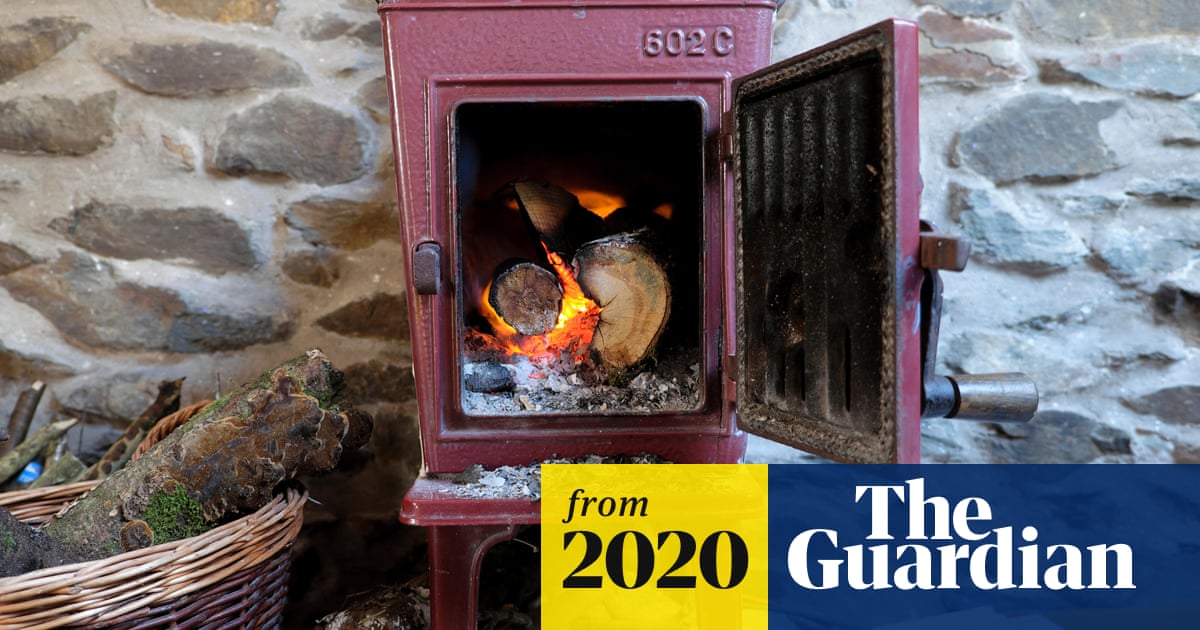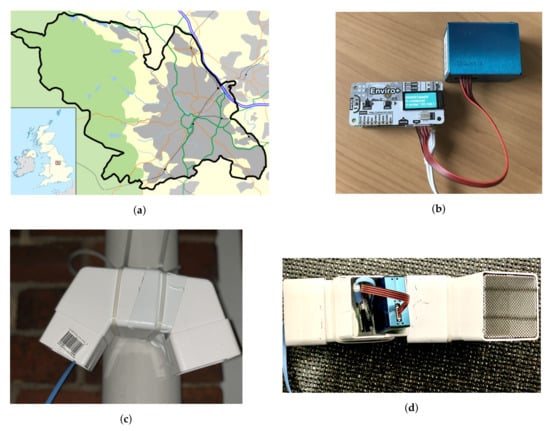
Wood burners triple harmful indoor air pollution, study finds
Exclusive: Burners should be sold with health warnings, say scientists who found tiny particles flooding into rooms

So carcinogens aren't the same in Michigan? Come on now, you know that ash and other VOC's are not healthy to breathe.“Contains chemicals that are known to cause cancer in the state of California.”
Good thing I am in Michigan
“Contains chemicals that are known to cause cancer in the state of California.”
Good thing I am in Michigan


Our air filter makes a big difference. We don't run it in the same place every day, but we have two that we move through the house during the week.I’ve toyed with getting a Hepa air purifying. My Jotul insert has always spilled some smoke/stuff on reloads. Do the air purifiers do good job of mitigating this.
That, and reading this makes me think that adding more length to my shorter liner should be moved up further on the list for me.
Nice- I just ordered one. That and will try to fix draft in the not so distant future. ThanksOur air filter makes a big difference. We don't run it in the same place every day, but we have two that we move through the house during the week.
Kind of, in the sense that fine sand can cause lung cancer, but there are also a ton of materials that humans can use that don't cause cancer. Using teflon coated pans is very toxic and cancer causing, but they are cheaper than good steel and cast iron pans. You can avoid cancer causing agents if you are careful. I applaud California for forcing manufacturers to disclose all the nasty stuff they put in products.Just about everything causes cancer eventually it seems. Just a matter of how much exposure at what rate.
A biological response in living systems is always going to be difficult to precisely reproduce, especially in real world exposure scenarios. But the idea that all the decisions made by regulatory authorities around the world about particulates (or any other scientific evaluation for that matter) was based upon this or any other single study isn't correct.I'm sure I don't know if airborne particulate matter 2.5 is harmful enough to warrant excessive regulation.
The US EPA used the 1993 Harvard Six Cities study as evidence to significantly expand regulations regarding PM 2.5.
The study is available here https://www.nejm.org/doi/full/10.1056/NEJM199312093292401
The problem with the "scientific study" is lack of transparency with the data and the ability to replicate the results.
The EPA wanted to gain more control and issue more restrictive regulations.
Again, I don't know how bad PM 2.5 is for human health.
And "they" don't know either.
Check this out https://wattsupwiththat.com/2020/01/23/secret-science-under-attack-part-2/
I'm done ranting for now.
This is an observational "study" of 20 homes, comparing indoor pollution during the time that the stove was used with the time it wasn't used, in the same home. There are many potential confounding factors. Air quality may be better when nobody is home to use the stove (eg people smoke indoors, cook indoors, stir up dust by walking, vacuum, etc). Obviously, people use their stove more when it's cold out; that's also when windows are closed, neighbors are burning, and at certain times of day.
It is difficult to draw sweeping conclusions with an n of 20 and no randomization or external control group.

Indoor Air Pollution from Residential Stoves: Examining the Flooding of Particulate Matter into Homes during Real-World Use
This study concerns the levels of particulate matter (PM2.5 and PM1) released by residential stoves inside the home during ‘real world’ use. Focusing on stoves that were certified by the UK’s Department of Environment, Food, and Rural Affairs (DEFRA), PM sensors were placed in the vicinity of 20...www.mdpi.com
Disagree. The particulates increase on reloading. I doubt it makes a difference what was burned several hours prior. More significantly, it's very plausible. I mean, you know there's more ash in your house when you burn. We also know that inhaling particulates is harmful. So it wouldn't be at all surpring...Agree.
Here was my "favorite" part of the journal article:
"All participants used dried and seasoned logs, but the sizes varied. There was also a diversity of kindling used, taking the form of firelighters, newspapers, balls of paper, twigs, sawdust, packing cardboard, greeting cards, and even empty egg boxes."
Without a measurement of wood moisture content (they seem not to know what "dried and seasoned" really means, usually), and without excluding poor burning practices -- greeting cards!? -- this simply isn't useful data. It is like noting all the people who text and drive and then concluding that cars are unsafe and should come with a warning label.
Indoor particulate studies would be useful, but this isn't one of them.
I wonder how they would explain the many examples of folks living long and healthy lives having burned wood as a sole heat source for there entire lives? Maybe before they come out with results of a study they should take a look around.
We use essential cookies to make this site work, and optional cookies to enhance your experience.

